
Antonino Saggio I Quaderni
Talks
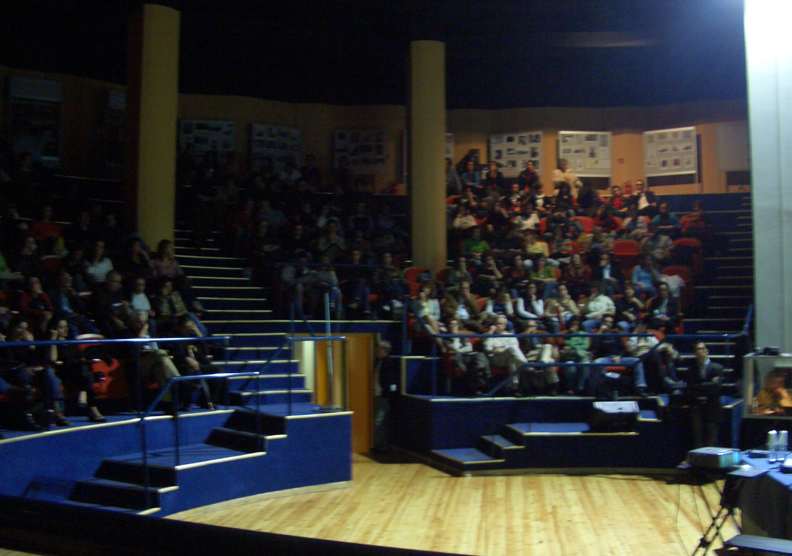

Antonino Saggio I Quaderni
Talks

Mare Nostrum
New routes of research in the Mediterranean
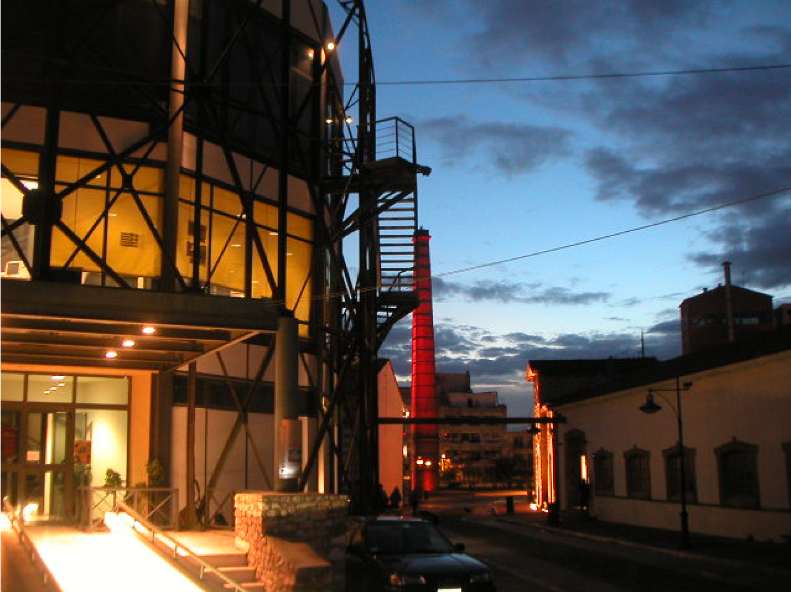
Follow the complete talk. One hour and ten minutes 3 quick time movies 10 mega beythe each
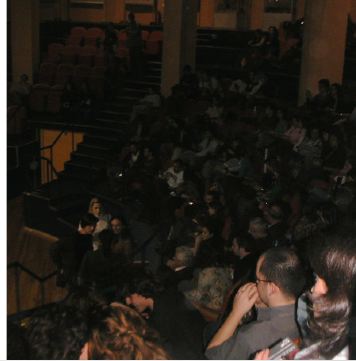
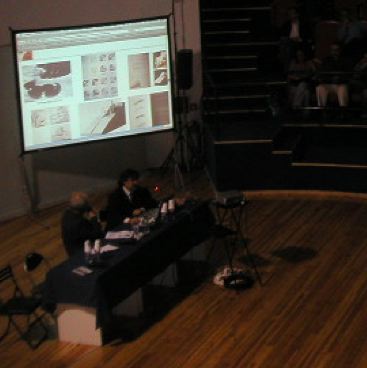
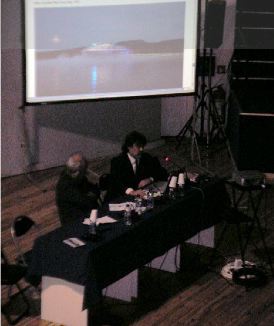
Own Load first part >>>>>
Download second part >>>>>>>>>>
Down Load third part >>>>>>>>>>>>>
A. Saggio talk "Mare Nostrum New routes of research in
the Mediterranean"is as a special event in the 4th Biennale of Young
Greek Architects (vernisage at 4 Nov) Athen.
The event is under the General Secretariat of Research
and Technology and the Greek Institute of Architects and it is organised
by Dimitri Papalexopoulos
and Athina Stavridou.
The program:
1. Introduction by John Tsoukalas, Secretary of the General
Secretariat of Research and Technology of the the Ministry of Industry
and Development. He is Prof of Informatics at the University of Thessaloniki.
2. Introduction by Nikos Kalogeras, president of the
Greek Institute of Architects, architect, ex dean of the School of Architecture
NTUA
3. Conference: A. Saggio "Mare Nostrum New routes
of research in the Mediterranean"
4. Round table and discussion coordinated by Papalexopoulos,
Saggio and Andreas Kourkoulas, architect, prof. School of
Architecture NTUA. Practising architect, Kostas Moraitis, architect,
prof. School of Architecture NTUA. Practising architect, Giorgos
Tzirtzilakis, prof. School of Architecture University of Thessalia,
Volos. Art and Architecture critic, Nikos Sideris, writer, psychanalyst,
prof. at University of Thessalia, Larissa.
http://www.heliarch.gr Biennale of the Young Greek architects
![]() Go to the round table >>>
Go to the round table >>>
with quicktime movies of some of the interventions
In the Occasion read
NEES
OUSIES,H PLHROFORIKH KAI H ANANEWSH THS ARCITEKTONIKHS >>>
Traduction From iIalian by Tzoba Poulceria
Routes of research
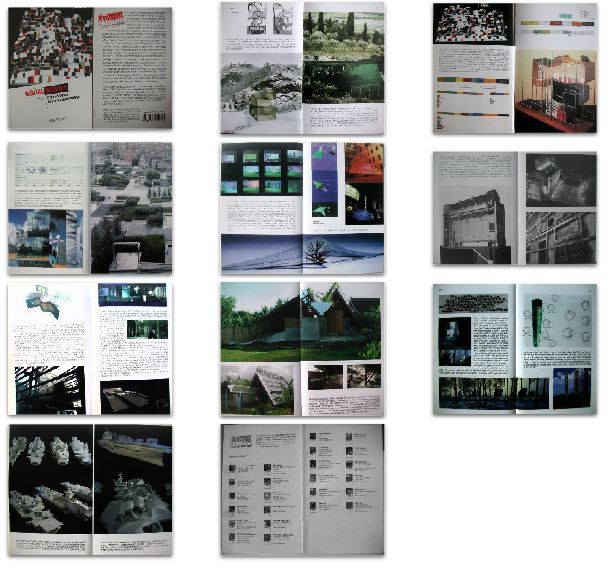
Go to the book >>>
0. A kind of Intro
The network, the routes, the small groups
......Pagano, Pane, Ponti, Coderch, Cosenza, Rudofsky, Sartoris, and many, many others. Corbu, with Terragni as a stoker, navigating toward Athens, and Goethe or Stendahl traveling through Italy, and Joyce, before and after - always further back into the myth. .....
read the preface Mare Nostrum >>>>
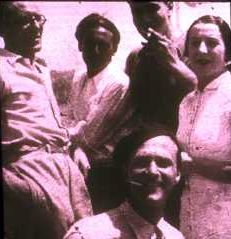

Ciam Congress towards Athen, 1933 Paris II Le corbusier, Sartoris,
Terragni C.Prina , Bottoni a sinistra Bardi accanto a LC. cfr. Sk.mos Papoudakis
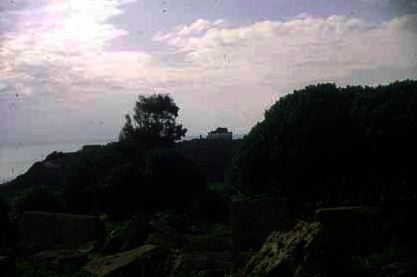
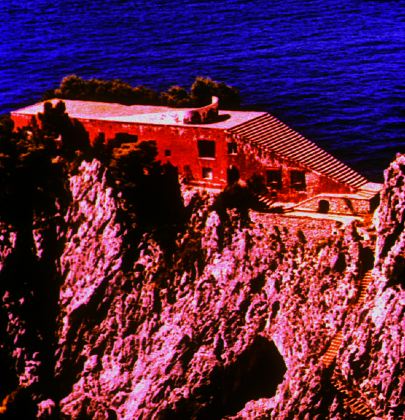
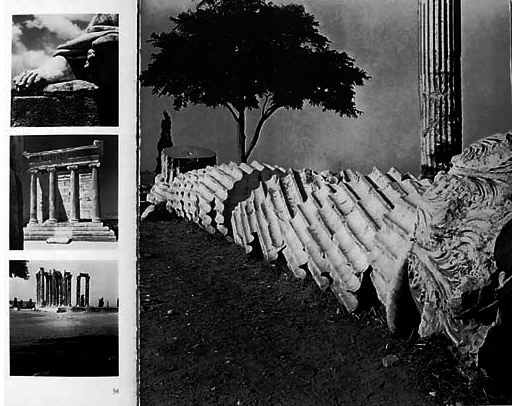
The elements, The Mediterranean the Greek Myth and the poetry. "Acque e terre" "Waters and lands" by S. Quasimodo
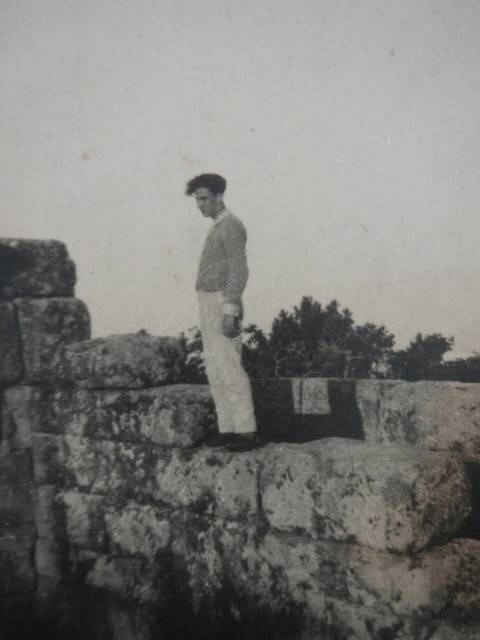 ..
..
Raffaele Saggio Mura megalitiche Tindari (me) 1929 ca. Below dedication of Acque e Terre. Picture below Raffaele Saggio (second from left) Salavatore Quasimodo (last rleft) at Tindari 1929 ca
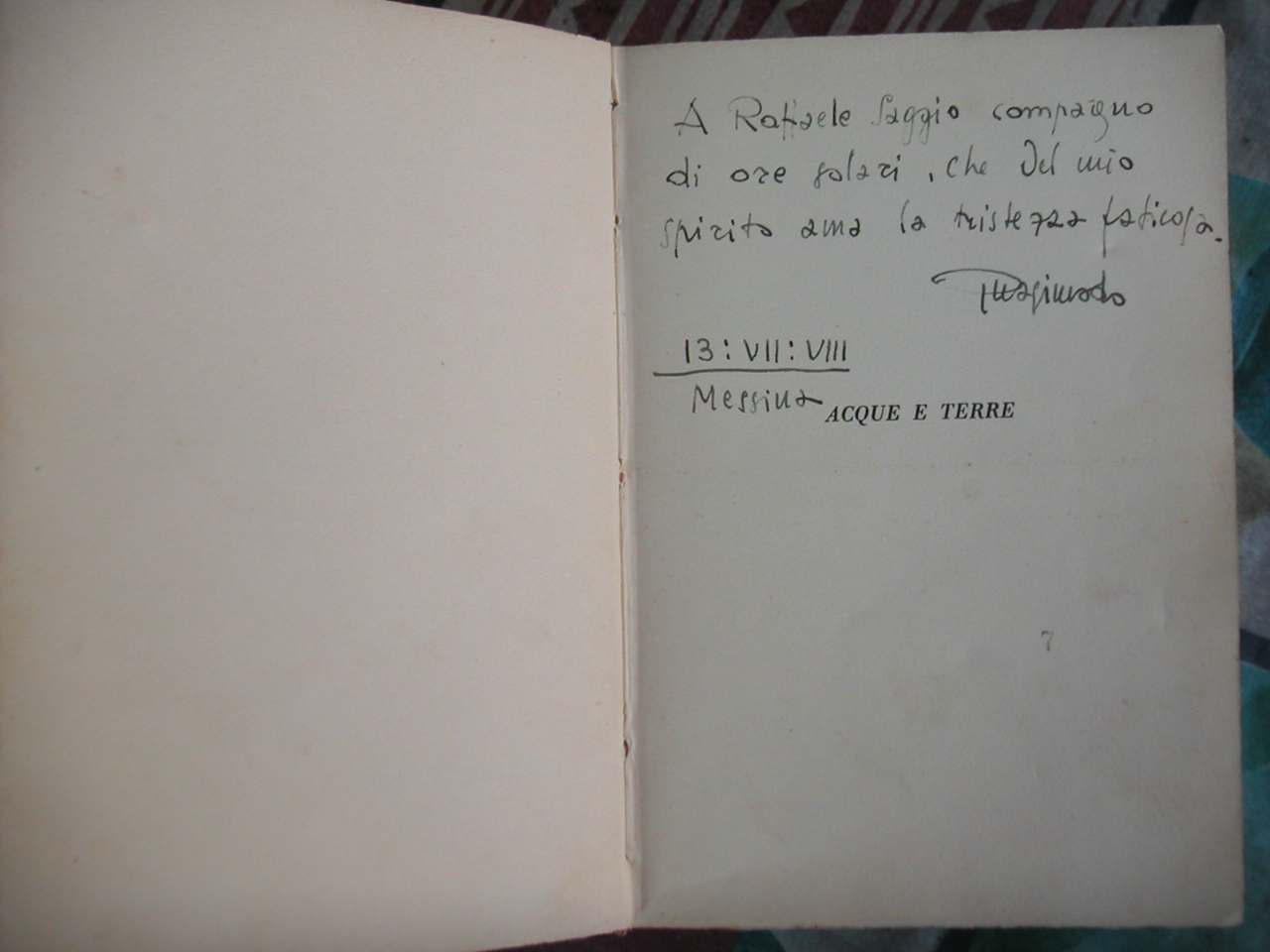
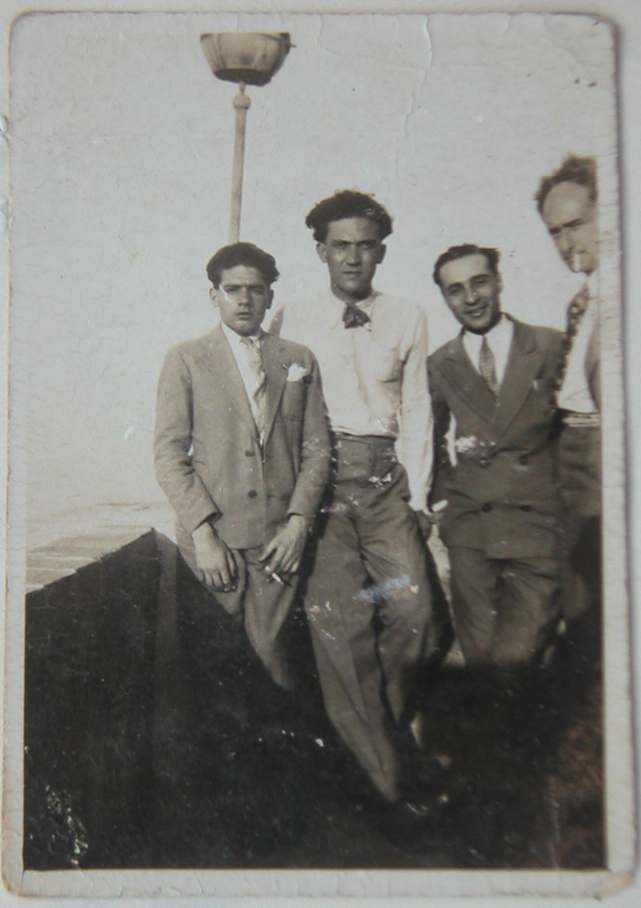
1.Mare Nostrum.
Acque e terre: new routes of research in the Mediterranean
As background
So the rereal title of the talk should be
Mare Nostrum. Acque e terre: new routes of research in the Mediterranean
where waters and lands means the interconnection of architecture with
water and as you are going the sea "water" is not in this talk used directly
- projects in the water - but in a more compelx way to really indicate
new routes
Natrually is important to consider
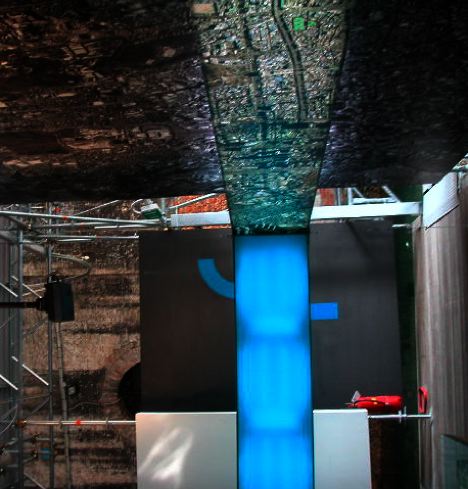
Seul, 9 Biennale Cities of water
Projects on the water 9 Binellae Venice

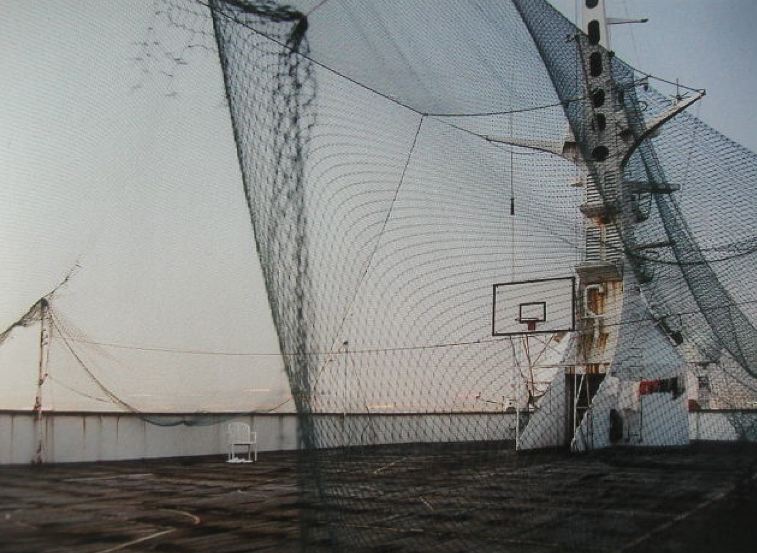
Ian+ Housescape for Metapolis leftt - Solid sea 02 Multiplicity Boeri
st. Odessa / the worl a project by Armin Linke
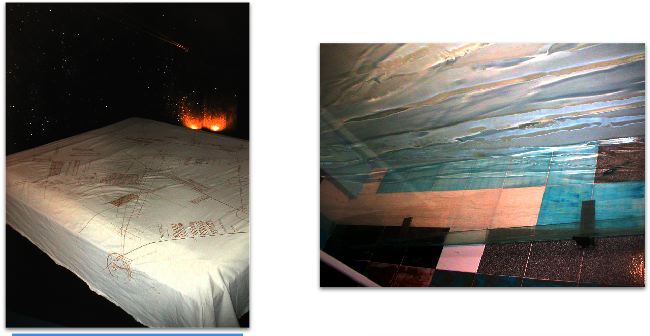
Maria Lai, installation
Castel di Tusa Atelier sul Mare di Antonio Presti
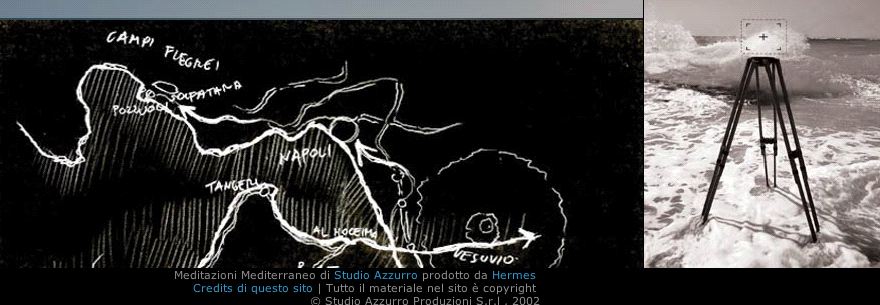
Studio Azzurro Meditazioni Mediterraneo Book and installazions >>>
The theme of water in the Italian lands. The routes of Imprinting
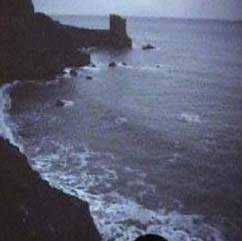
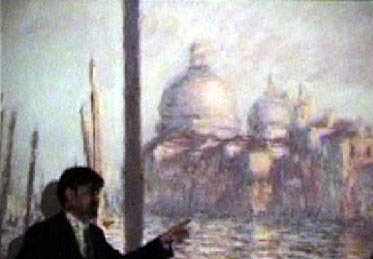

water as mytical confronation with land-architecture
whichreacts with chairoscuro of his masses
water as Artfacts to which land-architecture reacts
with vibration and duplication of rythms
water as natural landto merge with architecture in
an overall scenario
Two images of industrial modernity
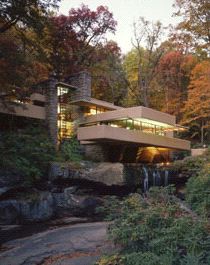
water as plane Mies
water as dynamic mechanic force to move and to articulate
the plans of architectture
2. Three Actions
1. To swing... To Look at
To swing means for me tthe capabilty to see PROFILES, to understand LINES of Tendency, to create new HORIZONS
Il disegno di linee e colline
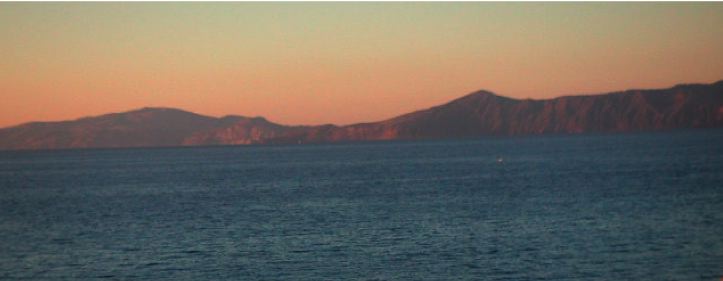
Oson afora to Landscape
"To topio ws qemeliwdes paradeigma ths arcitektonikhs
dhmiourgias egine, (kai caris oson anafora tis skeyeis gurw apo tíapomeinaria),
lexh anaforas. O anqrwpos tou metabiomhcanikou hlektronikou politismou
mporei na xanakanei tous logariasmous tou me thn fush giati, an h ceironaktikh
biomhcania eprepe na hgei kai na ekmetaleuetai tis fusikes phges, h biomhcania
twn plhroforiwn mporei na tous dwsei axia. Toulaciston stis tecnologika
exeligmenes cwres, auth h allagh kateuqunshs dinei thn eukairia gia mia
istorikhs shmasias"epanorqwsh". Se zwnes sucna puknokatoikhmenes twra pia
eisbalei to prasino, h fush, oi egkatastaseis gia ton eleuqero crono. Alla
prosoch: auto den shmainei perioces perifragmenes me prasino se antiqesh
me tis katoikhmenes zwnes, zwnes gia ton eleuqero crono, zwnes gia ta grafeia,
opws htan h logikh organwshs ths biomhcanikhs polhs. Prokeitai gia thn
dhmiourgia newn polusunqetwn kommatiwn polhs opou dipla sthn entonh parousia
ths fushs uparcoun ena sunolo drasthriothtwn ths sugcronhs koinwnias ths
plhroforikhs. Kai síauth thn periptwsh ta ergaleia allazoun. Ean
to zoning htan o tropos programmatismou ths biomhcanikhs polhs, pou thn
diamelize se omogeneis kai xecwristes perioces, akolouqwntas thn taíiíloristkh
logikh ths biomhcanikhs paragwghs, h poluleitourgikothta kai h oloklhrwsh
egine h anagkh ths polhs twn plhroforiwn kai twn newn anti- zoning periocwn
ths. H plhroforikh peran tou oti dhmiourgei autes tis eukairies, epitrepei
thn pragmatopoihsh tous. Susthmata allhloenerga fwtismou, plhroforiwn,
hcou, elegcou, pou kanoun ta nea kommatia ths polhs energa, zwntana, summetecwnta,
plousia se gegonota.
H fush upo auth thn logikh pauei na einai liberty hí
art deco, pauei na einai auth twn daskalwn ths organikhs arcitektonikhs.
Egine akoma perissotero polusunqeth, perissotero kakh, perissotero "krummenh"
opws elege o Hrakleitos. Einai epishs ereunhmenh kai apo tous arcitektones
me ena antiromantiko mati, diamesou twn newn diatupwsewn ths sugcronhs
episthmhs (ta klasmata, to dna, ta atoma, ta almata tou sumpantos pou sunecws
megalwnei, h scesh metaxu zwhs kai ulhs). En suntomia, twn kathgoriwn twn
sumplegmatwn. Upo autes tis sunqhkes genniountai figoures ekrohs, tou kumatos,
ths dinhs, twn rhgmatwn, twn ugrwn krustallwn kai h reustothta ginetai
h lexh kleidi. Auth h lexh perigrafei thn staqerh metabolh twn plhroforiwn
kai bazei thn arcitektonikh se sugkrish me tis pio procwrhmenes ereunes,
apo thn mhcanikh ths biologias se nees gonimes perioces sumplexhs opws
h morfogenesh, h bio-mhcanikh k.t.l.
To ergo kleidi einai mallon ena apo ta aporriptea tou
diagwnismou gia thn ekklhsia tou 2000 sthn Rwmh. Mia protash pou blepei
thn ekklhsia san ena cwro metaxu diplwmenwn kommatiwn ghs, pou arqrwnontai
gurw apo ena canyon zik-zak, pou parapempei stis skamenes apo to nero caradres
enos petrinou edafous. "
From A. Saggio, NEES OUSIES H PLHROFORIKH KAI H ANANEWSH THS ARCITEKTONIKHS", "Il Progetto" n.6, January 2000 pp. 32-35
Translatio by
Tzoba Poulceria Email: poulcheriat@yahoo.it
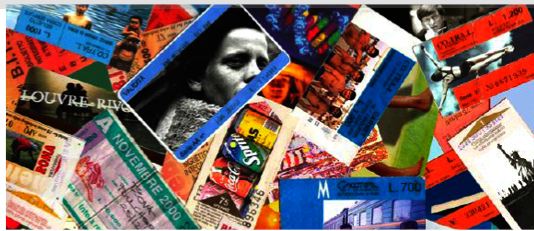

ENGLISH
(On Landscape)
"The landscape as the fundamental paradigm of the creation of architecture has become, thanks also to this movement of reflection on residuality, a reference word. Post-industrial and electronic civilization man can resettle his accounts with nature since, if manufacturing industries dominated and exploited natural resources, then information industries can appreciate and value them. At least in the technologically advanced countries, this structural change of direction opens the opportunity for a "compensation" of historical proportions. In zones frequently constructed to a very high density, greenery, nature, recreational equipment can now be inserted. But wait: this does not mean delineating and fencing in green areas, to be set against those that are for housing, services and offices as it did within the rationale of organizing by dividing the industrial city. On the contrary, this means creating new pieces of an integrated city where, alongside a great presence of nature, that interactive group of activities from the information society is also present. The tools also change in this case. If zoning was the method of planning the industrial city through the division into homogeneous and distinct zones which simulated the Tayloristic concept of industrial production, then multi-functionality and integration have become the need of the information city and its new anti-zoning areas. Aside from creating these opportunities, computers also allow their realization. Interactive systems of illumination, information, sound and controls which make these new parts of cities active, lively, participatory and rich in events.
The nature that this concept of landscape looks toward is no longer
one that is floral or art deco or even that of the masters of organicism.
It has become much more complex, much meaner, much more "hidden", as Heraclitus
once said, and is investigated also by architects with an anti-romantic
eye through the new formalisms of contemporary science (fractals, DNA,
atoms, the leaps of a universe that expands, the relationship between life
and matter). In other words, the categories of complexity. The figures
of flows, waves, whirlpools, cracks and liquid crystals are born within
this context. The key word here becomes Fluidity. It describes the constant
mutation of information and puts architecture alongside the most advanced
frontiers from biological engineering to the new fertile, overlapping areas
of morphogenesis, bioengineering, etc. "
II. Immersion into the research at the search of the reasons of the substances, and the reasonos of the renovation is the Information Technology
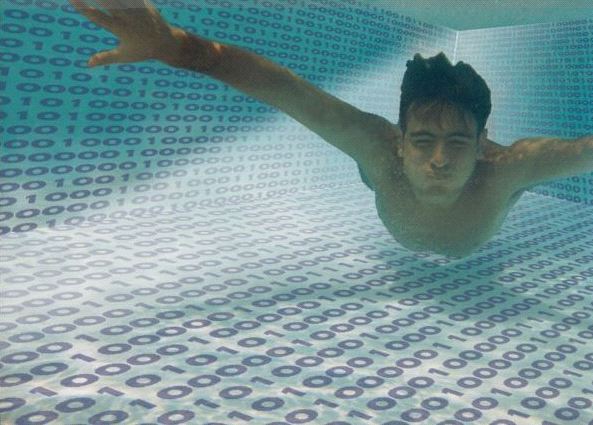
Salvatorluca Tallaro Saggio course 2003 La Sapienza
Si guardano. le cose nella loro sostanza
 ...
...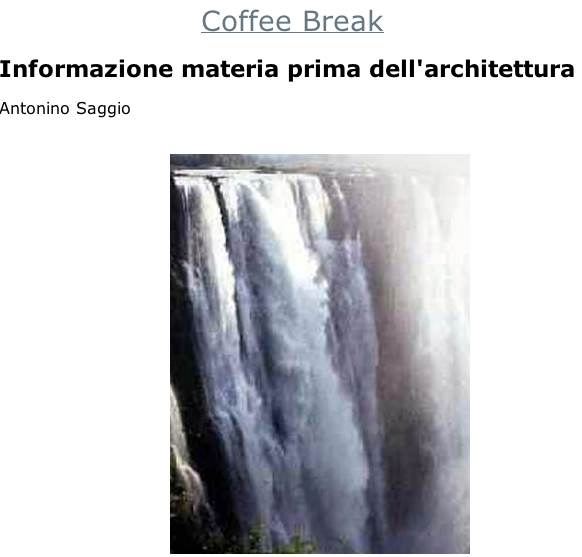
"Gli architetti di nuova generazione stanno lavorando per capire come i modelli dinamici, interconnessi, mutabili che rappresentano il cuore della rivoluzione informatica trasmigrino in un'architettura che ne sia la reificazione. Se questa ricerca costituisce l'orizzonte di una nuova fase dell'architettura, la sua materia prima, l'acqua che nutre la ricerca e che si muove in onde, gorghi, mulinelli, cascate, si chiama informazione. La materia prima di una nuova fase dell'architettura."
Informazione
In rete su Arch'it o su Op. cit
su Arch'it, coffe break read >>>>
3. But the third movement, that one which is really foundamental, is the movement of the Jump. To Jump

These imagaes as the following others form "the amerzone" casterman c,, author Benoit Sokal
troppe volte ultimamente ne ho parlato. forse vale la pena ricordare solo
"Ecco dunque dimostrato che non vi è affatto uno spazio e un
tempo assoluto ma che ciascun sistema è spazio temporalmente autonomo
e dipendente dal sistema di riferimento usato.
Questa diversità dello spazio e del tempo nei sistemi di
riferimento diversi è provata qui in assenza di moto reciproco,
caratteristica che distingue questa dimostrazione da quella della relatività
ristretta di Einstein.
Ho come desk top un'immagine di Benoit Sokal con una balena che salta fuori dalla superficie acquatica. Questa immagine può essere associata al ragionamento su "come fare" a percepire un'altra dimensione quando se ne è, in qualche modo costretti, in una inferiore. Nel caso specifico come fa un pesce costretto "unicamente" dentro all'acqua a "percepire" a comprendere cosa c'è fuori da quel liquido e a descrivere a immaginare realmente le coste e i golfi e le spiagge. Naturalmente, l'abbiamo capito, lo può fare con un salto fuori dalla propria dimensione. La figura del salto è fondamentale per percepire un'altra dimensione e per comprendere e per vedere allo stesso tempo la propria. Ma il portato del salto non è solo percettivo, non è solo un allargamento anche se incredibile della visione e della ragione, è soprattutto l'inizio della comprensione delle regole di altri sistemi di riferimento, di altri spazi, di altri tempi e soprattutto e qui rimettiamo in gioco l'architettura, di altri sistemi di valori. In questo territorio arduo, in questa atmosfera con poco ossigeno, ci stiamo lentamente muovendo: è quella della ricerca della conoscenza estetica. Ve n'è a sufficienza credo, per fare il movimento su quattro dimensioni. "
Antonino Saggio, "Tempo, Tempo prima dimensione dello spazio" in "Il progetto" n. 19 2004
Ecco la forza incredibile dell'acqua è questo concederci il momento del salto del cambiamento di stato che come avete capito non è solo fisico, è percettivo è fisico e logico.
The theme of digital media linked to the issue of interactivity
and connectivity may bring to a new awarness of spatial-temporal conditions
that overcome the the taditional three space-temporal dimension to
project the possbilty o a richer space-time experience
primo stato dell'acqua, primo stato dell'acqua.

Electronic Shadow (Naziha Mestaoui + Yacine Aït Kaci)
>>
Three Forms of Water
1. The ICE FORM
penso a Toyo ito, penso a sendai

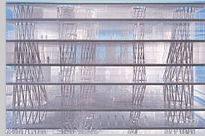
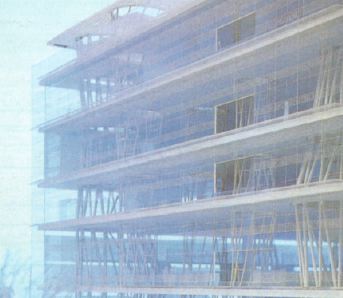
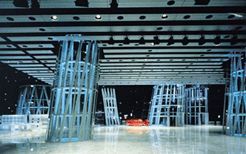

2. The Liquid Forms
A form that is also Under water - submarine
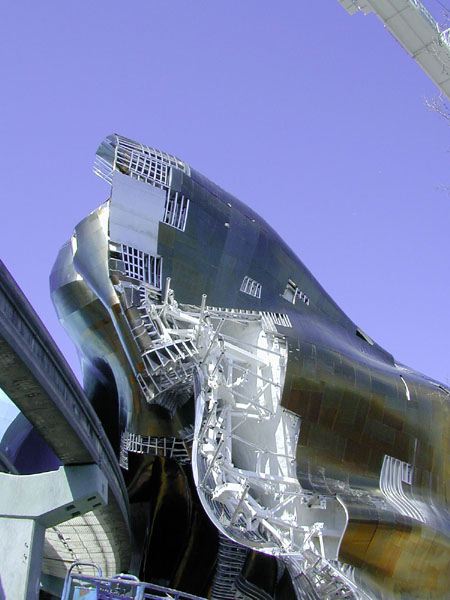
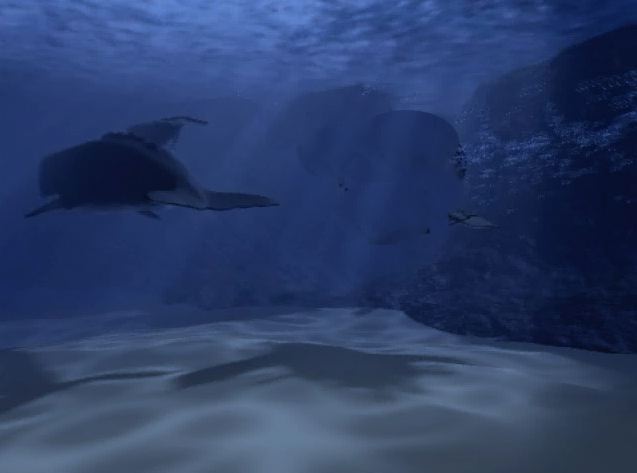
Music Museum a Seattle Frank gehry These imegaes as the
following others form "the amerzone" casterman c,, author Benoit Sokal
(Actions of water on Land and architecture) Wave, Sand,
Drops and and Life
Waves on sand
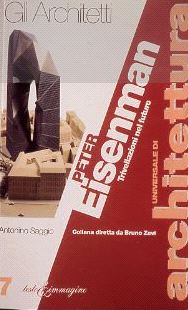
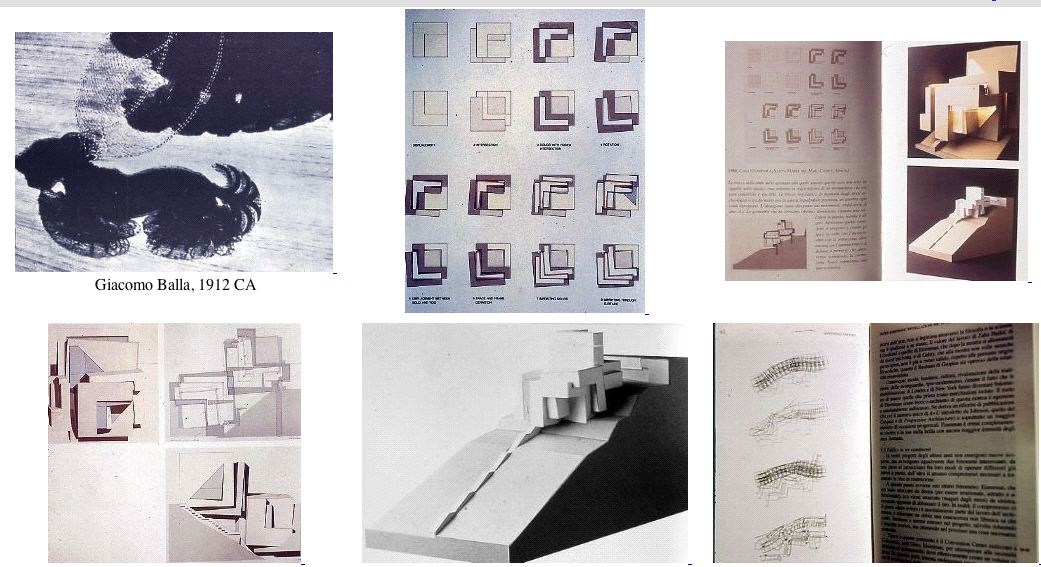
Peter Eisenman, Casa Guardiola, Cadice absolute link to Saggio
book and images >>>>
Interactive sand shape (sand)
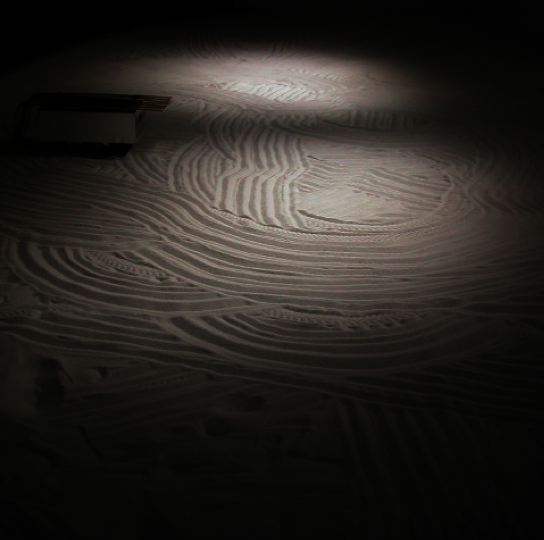
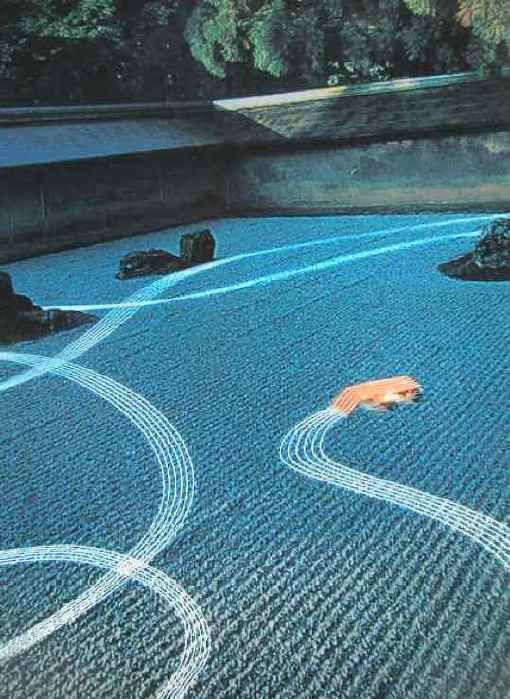
Venice 9 Biennale, Kenzo Kuma & Aoosicates Niwa, 2004
The following of Drops of water (drops)
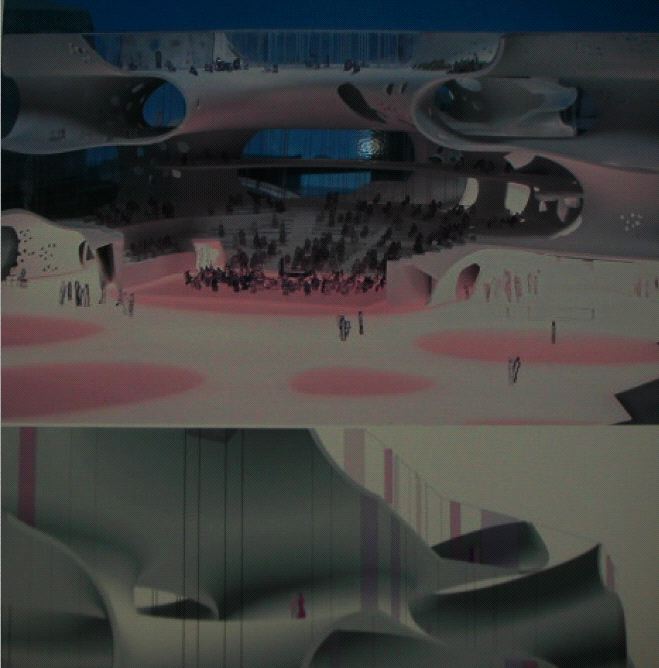
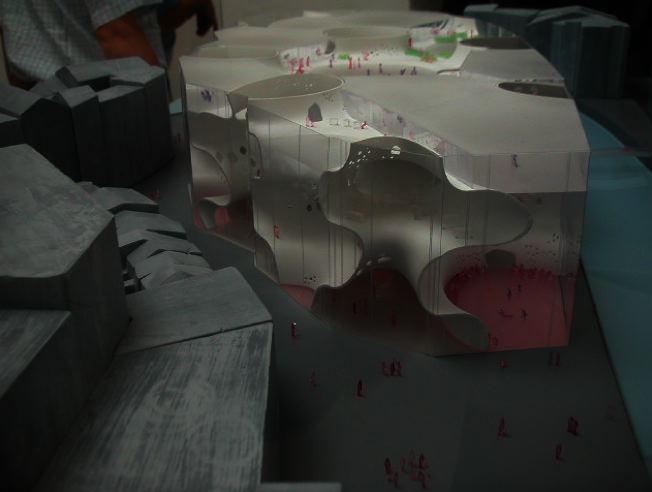
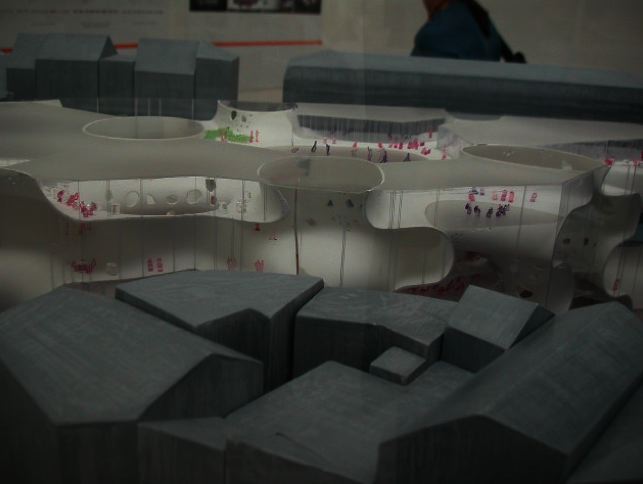
Toyo Ito e Andrea Branzi, Forum for Music dance and visual culture,
Ghent
Most advanced research in submarine Water new form of Ecolgy (life)
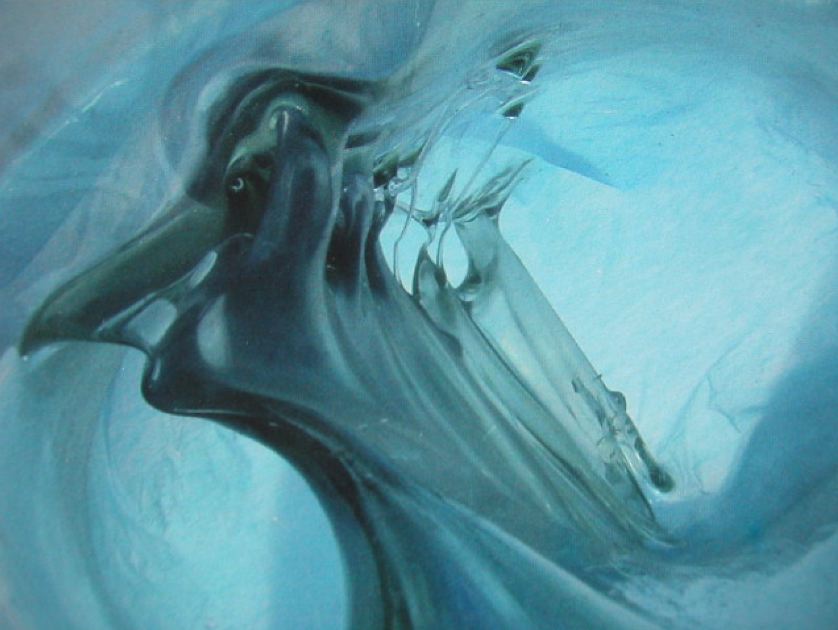
Zbigniew Oksiuta also in collaboration wih Max Planck
Lab (form Archilab 04 Catalogue The naked city)
No digital, or digital only in the way it combines with chemistry .
So it is not the way that my friend Marco Novak (cover below) with
Liquid rchitecture was doing neither the way to develop bio forms
simulating digitally process of liquid creations or biological forms
for exampe John Frazer or Nonchi wang or Karl chu (below) See Book
>>>
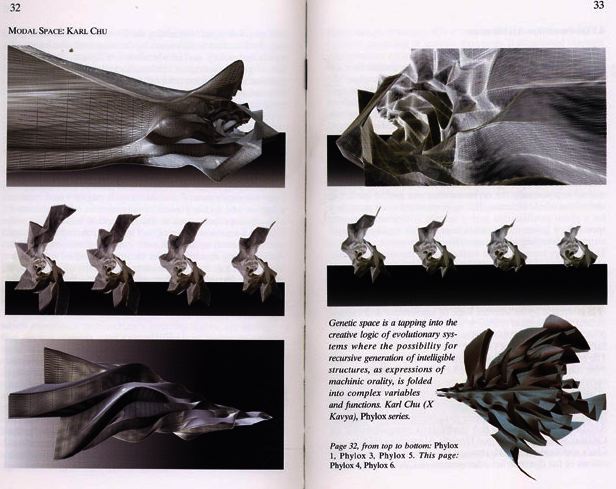 Chu
Chu  Novak
Novak
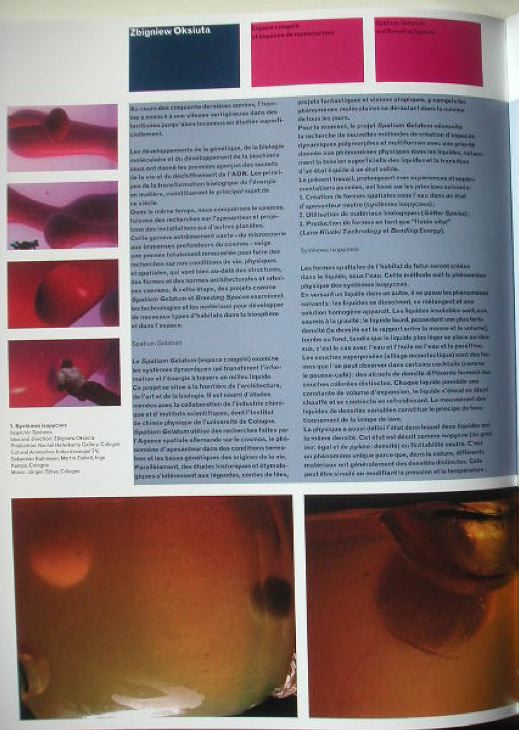
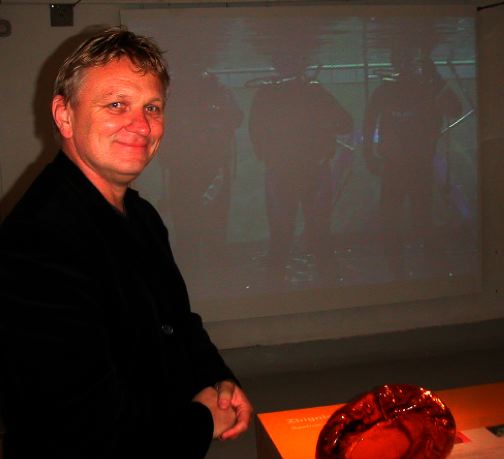
Zbigniew Oksiuta
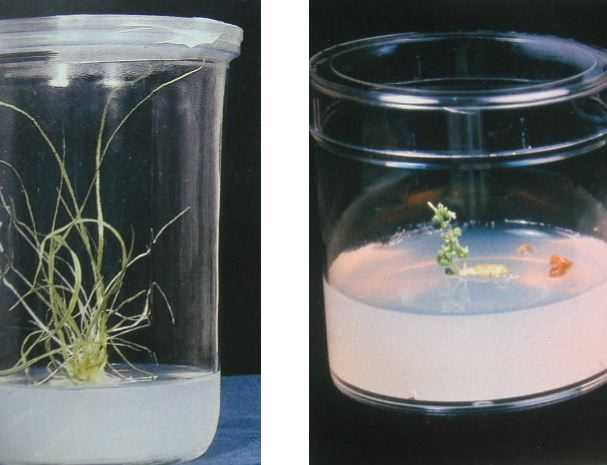 ::::::::::::::
::::::::::::::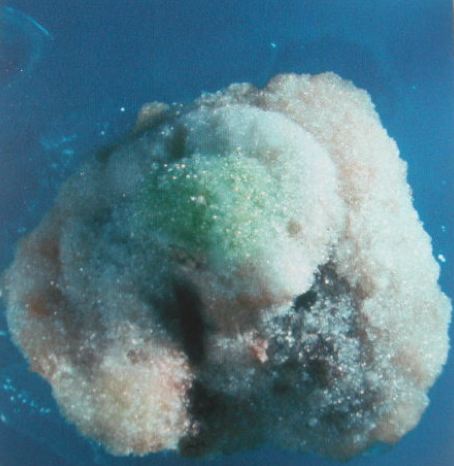
,,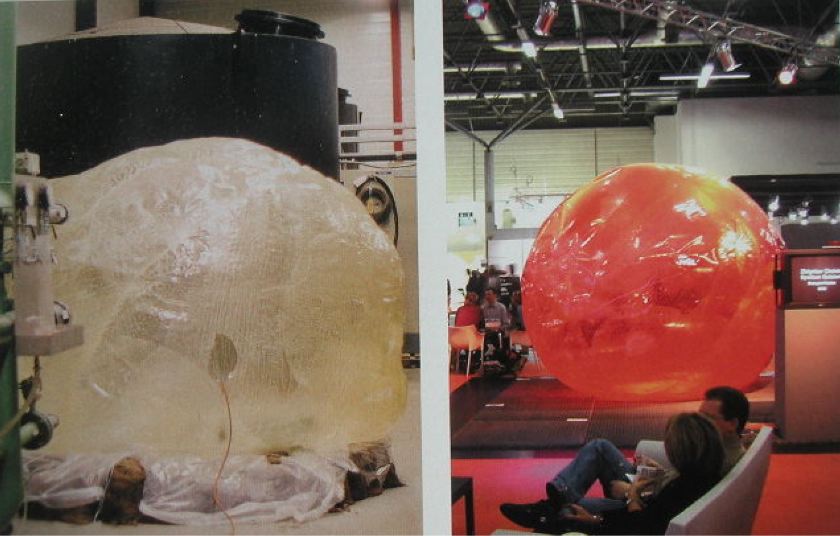
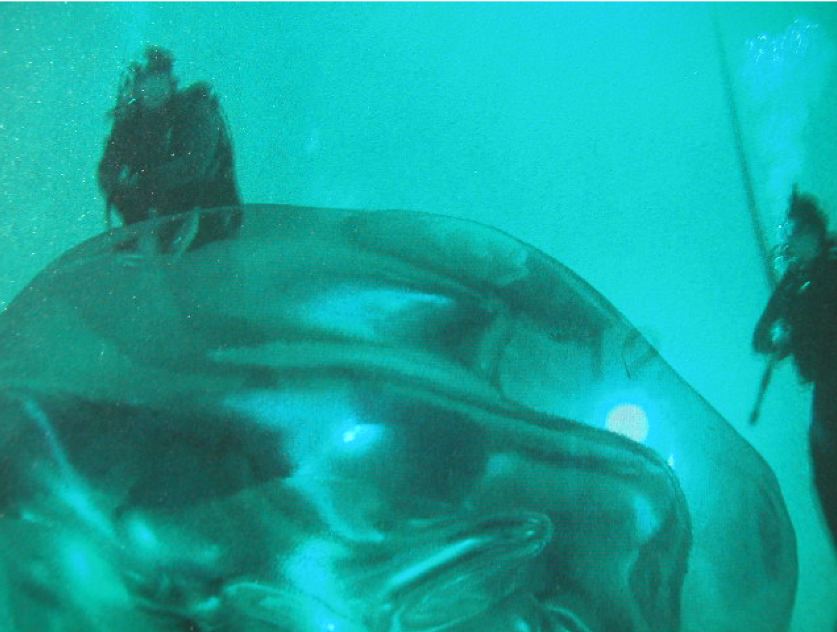
3. And the Gas, Where do we put the gaseous form of water?

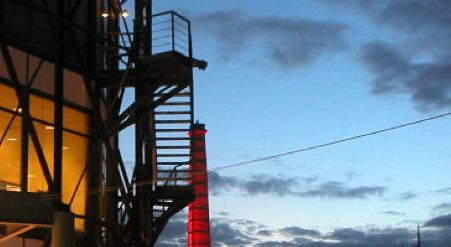
come facciamo a far capire che tutto nell'acqua al gas torna che è, nella sua forma nebulosa, quello che ci distingue, perchè è l'acqua che nella sua foma gassosa ci dà la vita che ci avvolge, che ci fa azzurri nell'atmosfera invece che bui nel buco nero della morte senza tempo.
How can we make it clear that everything from water to the gas returns? gas which is is the cloud like form what distinguishes us because is water that gives us life, that makes us blu in the atmosphere instead that dark in the black hole of the death without time????
Let's recap the concepts
The three basic concepts
water as mytical confronation with land-architecture
whichreacts with chairoscuro of his masses
water as Artfacts to which land-architecture reacts
with vibration and duplication of rythms
water as natural landto merge with architecture in
an overall scenario
The three images in the (architect's) memory
Baroque rome
Mies planar
Wright conceptualization of movement
Then We had Made Three movements
1. To swim (contro il surf) per to look at profile, to understand movements (and we have understood why water i.e. nature has become central in this historical phase
2. to Plunge to immerse to the search of new substances . And we have undertsood the centrality of Information Technology where the analogy Information and water is absolutely crucial
3. And Above all to Jump. To jump means change status think to other possibilty looking at different words
The ice form in Ito electronic minimalism
The liquid submarine status in Gehry
(we have also understood actions water may produce in land architecture)
Eisenman or the life forms of Oksiuta
But, for God sake, where is Gas, what is the gas form in architecture where is it, How is it? Does it exist?
Yes it does.
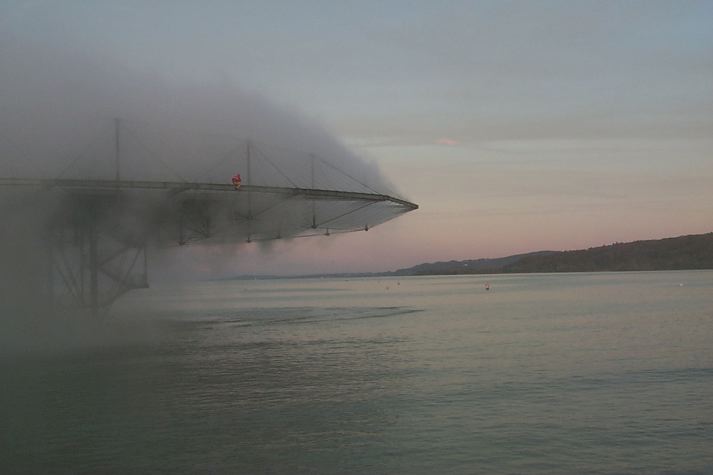
Diller e Scofidio, Blur, Swiss Expo 2002
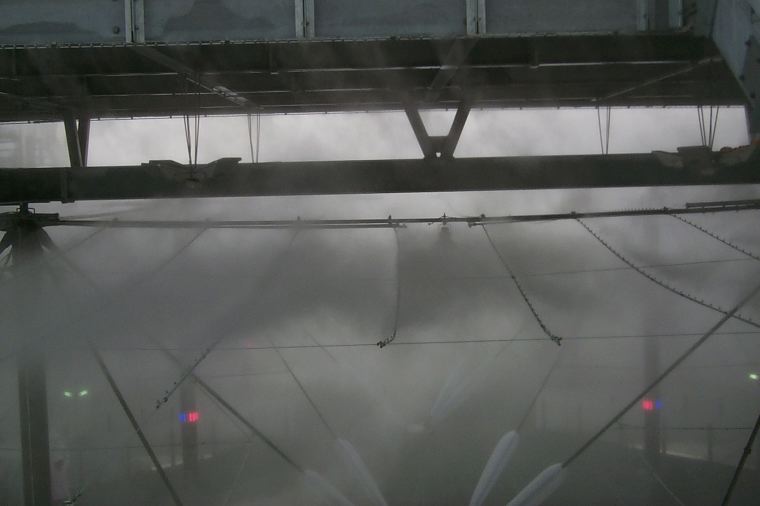 ::
::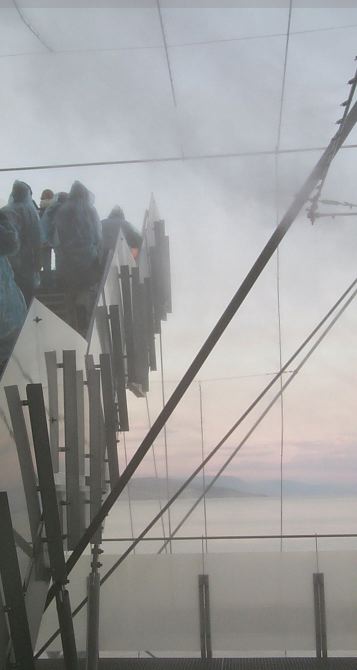
Mare Nostrum.
Acque e terre: new routes of research in the MediterraneanSome hypotheses
The conflicts. The double trojan horse. What a great image!
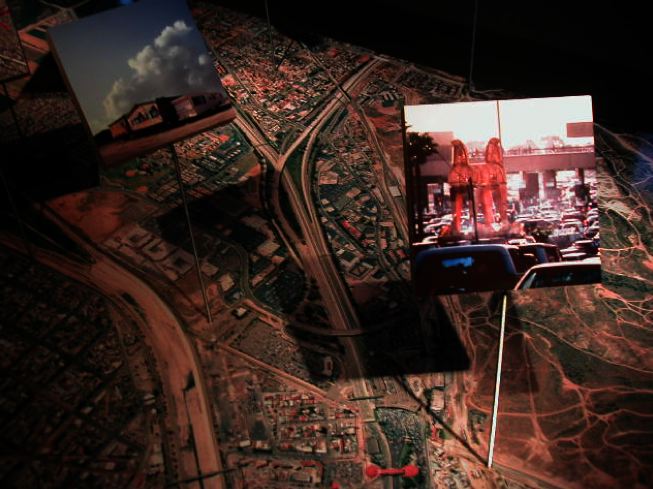
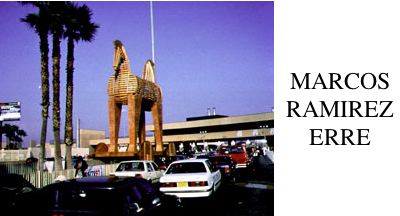
Installations of Studio Teddy Cruz Sand diego (installation at ArchiLab04)L'architettura muta continuamente è letteralmente strutturalmente una nuovala di informazione prende i dati dell'ambiente circostante e li trasforma li metabolizza in tempo reale, l'acqua si vaporzizza assume uno stato gassoso l'informazione è entrata strutturalmente nelle fibre di oggi e ne fanno quadro presenza rilanciandole nel domani
the Tijuana Trojan Horse by artist Marcos Ramires Erre
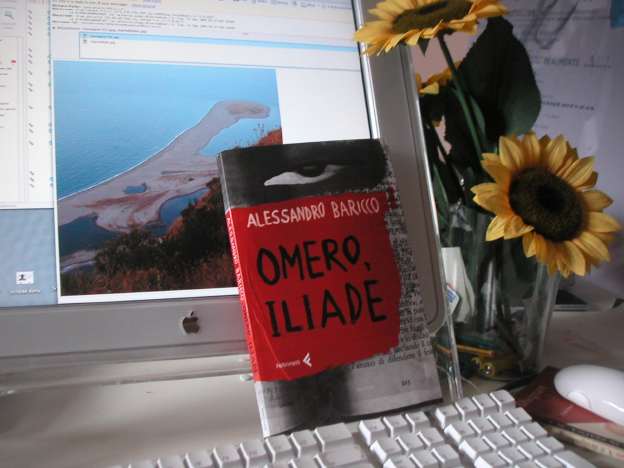
The beauty the aestetics of war, of conftrontation
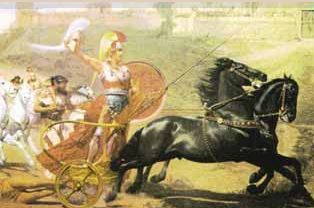
Achille, Omero, Achilleas
a New Beuty
Appendix and other links
- Two university course on the theme Texpo 03 virtual
exhibit on the Tiber
go- Graduation thesisOne of the many works on the watere_lementi
Ampolo Biagini Proietti 2003 vaiLiquid strips brown areas along the river edges Pittsburgh 2001
vai
ANNA SANNA, RAMONA VITALE, VALERIA GIGLIO
Advisor A. Saggio.
Un sistema complesso tra natura e artificio: il parco di Molentargius
a Cagliari. Il vento l'acqua e il territorio: un universo multisensoriale
e
multidirezionale per esplorare e interagire con il territorio.
Univ. La Sapienza
vai
ILARIA BENASSI
Advisor A. Saggio
"Brown areas and Tiber. Ostiense area between two river edges:
a
strategy for a new integrated city section" Univ. La Sapienza Roma 1999
vai
SILVIA LA PERGOLA
Advisor A. Saggio
"Dalla Trinità dei monti all’ex Porto di Ripetta.
Nuovi percorsi tra natura e artificio" Univ. La Sapienza Roma 2000
vai